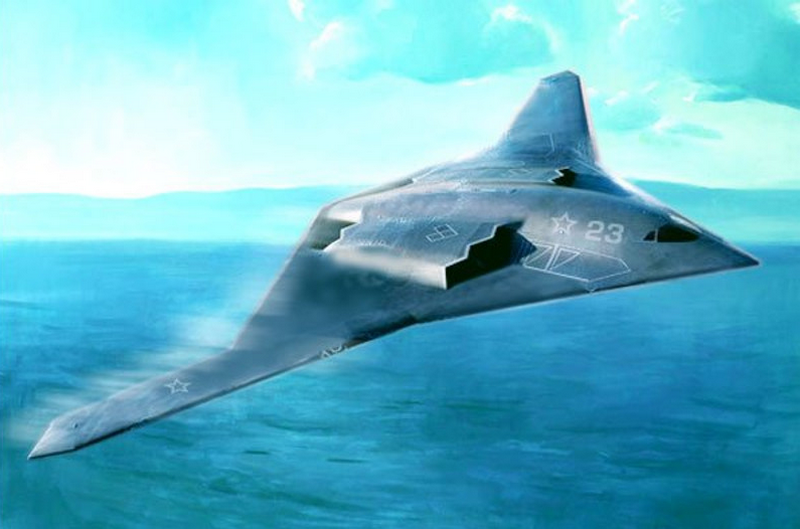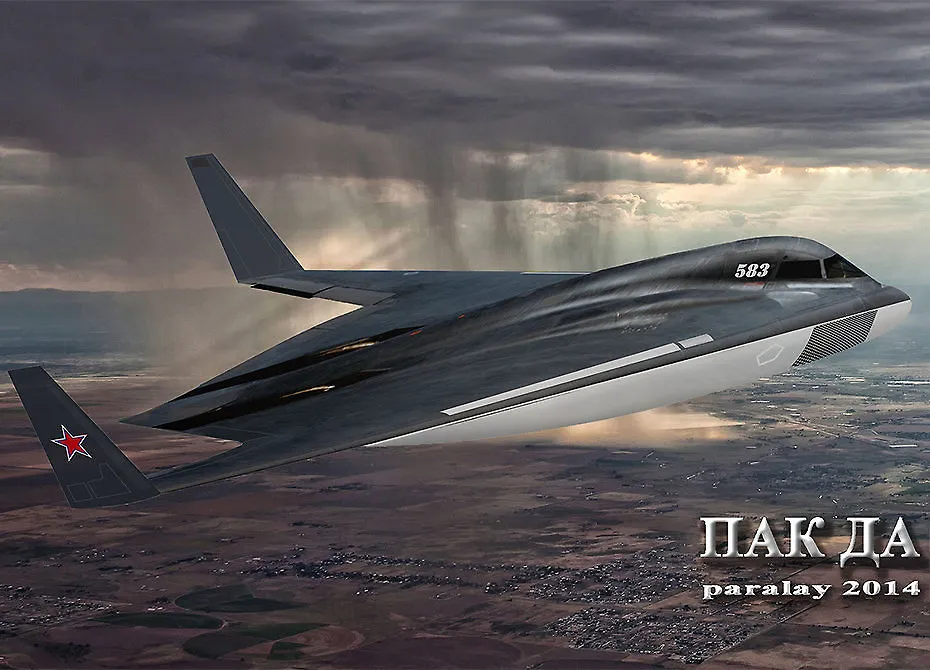
In an age where strategic deterrence and air dominance hold paramount importance for national security, Russia’s advancement of the Tupolev PAK-DA stealth bomber draws considerable interest.

This initiative, launched in response to the U.S. B-2 Spirit bomber, epitomizes Moscow’s determination to rival American stealth capabilities, solidifying its position in the stealth technology competition historically led by the U.S.

The prototype of the PAK-DA, reportedly nearing completion, is a testament to Russia’s commitment to expanding its strategic bomber fleet, aiming to join the ranks of countries like the U.S. that operate stealth bombers.

The projection of building six additional bombers post-prototype completion, as reported,.

The PAK-DA features a flying wing design reminiscent of the B-2 and upcoming B-21 Raider, and it will likely have a subsonic stealthy profile designed to rely on stealth rather than speed to avoid radar detection.

The Russians’ only stealth fighter, the Su-57, is understood to have the worst stealth performance of all the stealth fighters, skepticism persists regarding the PAK-DA’s future capabilities.

The envisaged timetable for the PAK-DA suggests mass production by 2027, a deadline that appears ambitious considering Russia’s historical pattern of delayed weapons development rollouts.

The ongoing conflict in Ukraine exacerbates these challenges, diverting resources and industrial focus toward immediate wartime exigencies over advanced technology projects.

The necessity to prioritize supplies for frontline forces, such as armored personnel carriers and tanks, seems to edge out ambitious stealth bomber projects, casting doubt on the program’s timeline and final fruition.

Related image you might interested:





Relevant articles:
– Russia’s PAK DA Stealth Bomber Nightmare Has Just Begun , The National Interest Online, 05/31/2024
– US, China, Europe Race Ahead In 6th-Gen Fighter Program; Can India Join UK-Led GCAP Or France-Led FCAS?, EurAsian Times, 05/30/2024

